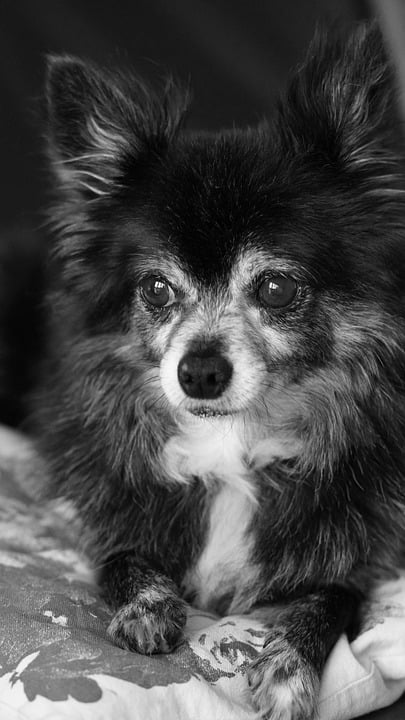Title: Mastering Dog Training: Teaching Your Furry Friend to Stay Calm Around Runners and Joggers
Introduction
As a dog owner, you may have experienced the challenge of controlling your excited pup when encountering runners or joggers during walks. Dogs have an innate instinct to chase, making it crucial to train them to remain calm and composed in such situations. This article will guide you through effective training techniques to help your furry companion become well-behaved around runners and joggers.
Understanding the Behavior
Before diving into training methods, it’s important to understand why dogs react to runners and joggers. Canine behavior experts suggest that dogs are drawn to the quick, erratic movements of runners, which can trigger their prey drive. Additionally, the sound of footsteps and heavy breathing may further excite or intimidate some dogs. By addressing the underlying causes of your dog’s reaction, you can tailor your training approach accordingly.
Training Techniques
1. Positive Reinforcement: The foundation of successful dog training lies in positive reinforcement. Rewarding your dog’s good behavior with treats, praise, or playtime will encourage them to associate positive experiences with the presence of runners or joggers. Start by exposing your dog to a low-stress environment and gradually increase the difficulty level as they progress.
2. Desensitization: Gradual exposure to runners and joggers can help desensitize your dog to their presence. Begin by having a friend or family member jog at a distance while you engage your dog in a training session. Reward your dog for remaining calm and focused. Slowly decrease the distance between your dog and the runner over multiple sessions, reinforcing positive behaviors each time.
3. Focus and Attention: Teaching your dog to maintain eye contact and focus on you during walks is crucial. Incorporate basic obedience commands like “sit,” “stay,” or “look at me” during training sessions. When a runner approaches, use these commands to redirect your dog’s attention back to you. Reward them for complying and remaining calm.
4. leash Training: Proper leash training is vital for a well-behaved dog. Teach your dog to walk politely on a loose leash, using positive reinforcement. Practice leash manners in a controlled environment before exposing your dog to runners or joggers. A well-trained dog will be less likely to lunge or pull when encountering fast-moving individuals.
FAQs (Frequently Asked Questions)
Q1: How long does it take to train a dog not to react to runners or joggers?
A1: The training duration varies depending on your dog’s temperament, age, and previous training experiences. Consistency and patience are key. Some dogs may show improvements within a few weeks, while others may require several months of training.
Q2: What if my dog’s prey drive is too strong to control?
A2: If your dog has a strong prey drive, seeking professional guidance from a certified dog trainer or behaviorist is recommended. They can assess your dog’s behavior and provide specialized techniques to manage and redirect their instincts effectively.
Q3: Are certain dog breeds more prone to reacting to runners or joggers?
A3: While any dog can display a reaction, certain breeds with strong prey drives, such as Terriers, Greyhounds, and Sighthounds, may require extra attention during training. However, with consistent training, any breed can learn to remain calm around runners and joggers.
Conclusion
Training your dog to stay calm and composed around runners and joggers is an essential skill that promotes their safety and the enjoyment of your walks. By understanding their behavior, implementing positive reinforcement, desensitization techniques, and leash training, you can help your furry friend become a well-behaved companion. Remember, patience and consistency are key to achieving the desired results.









